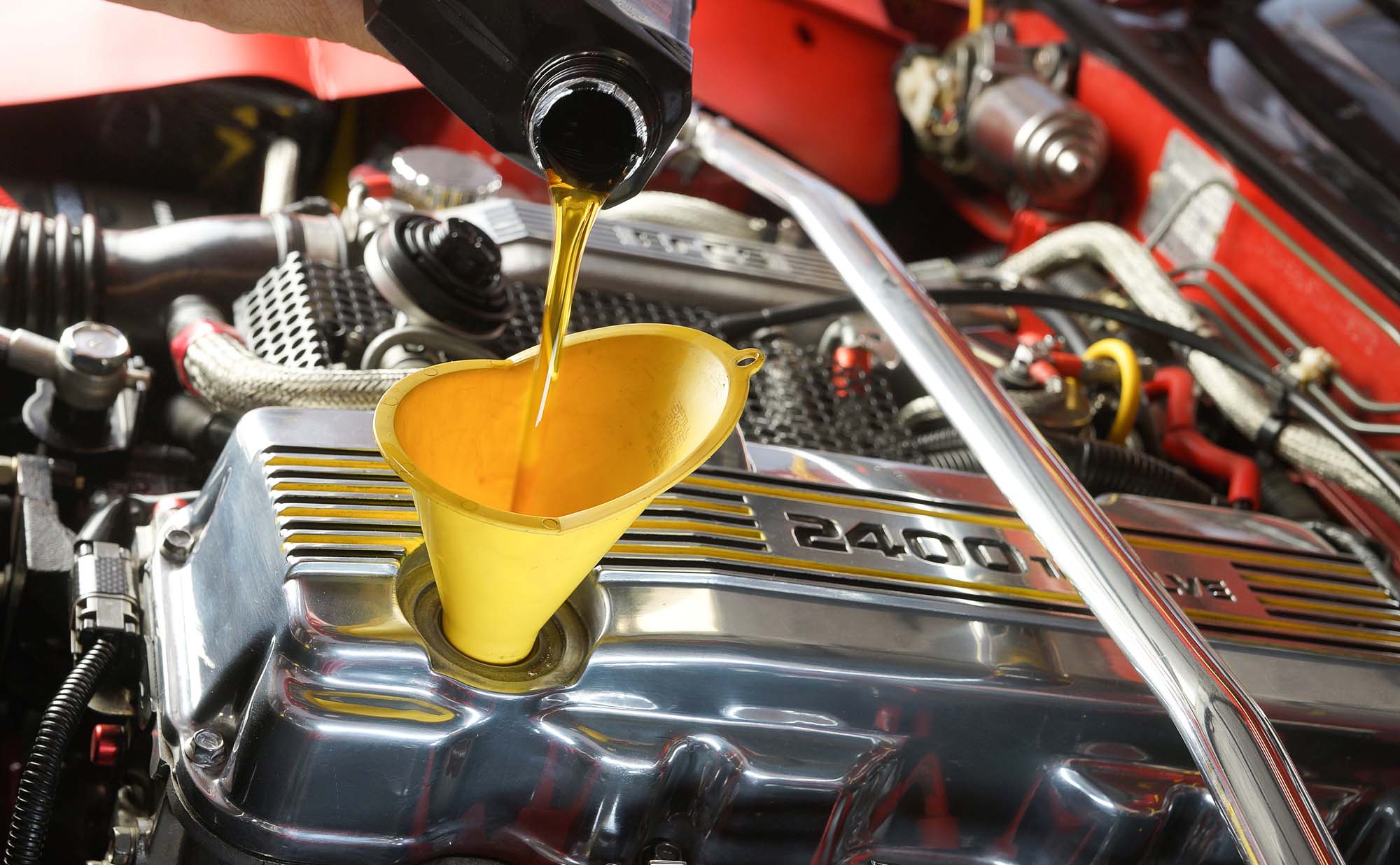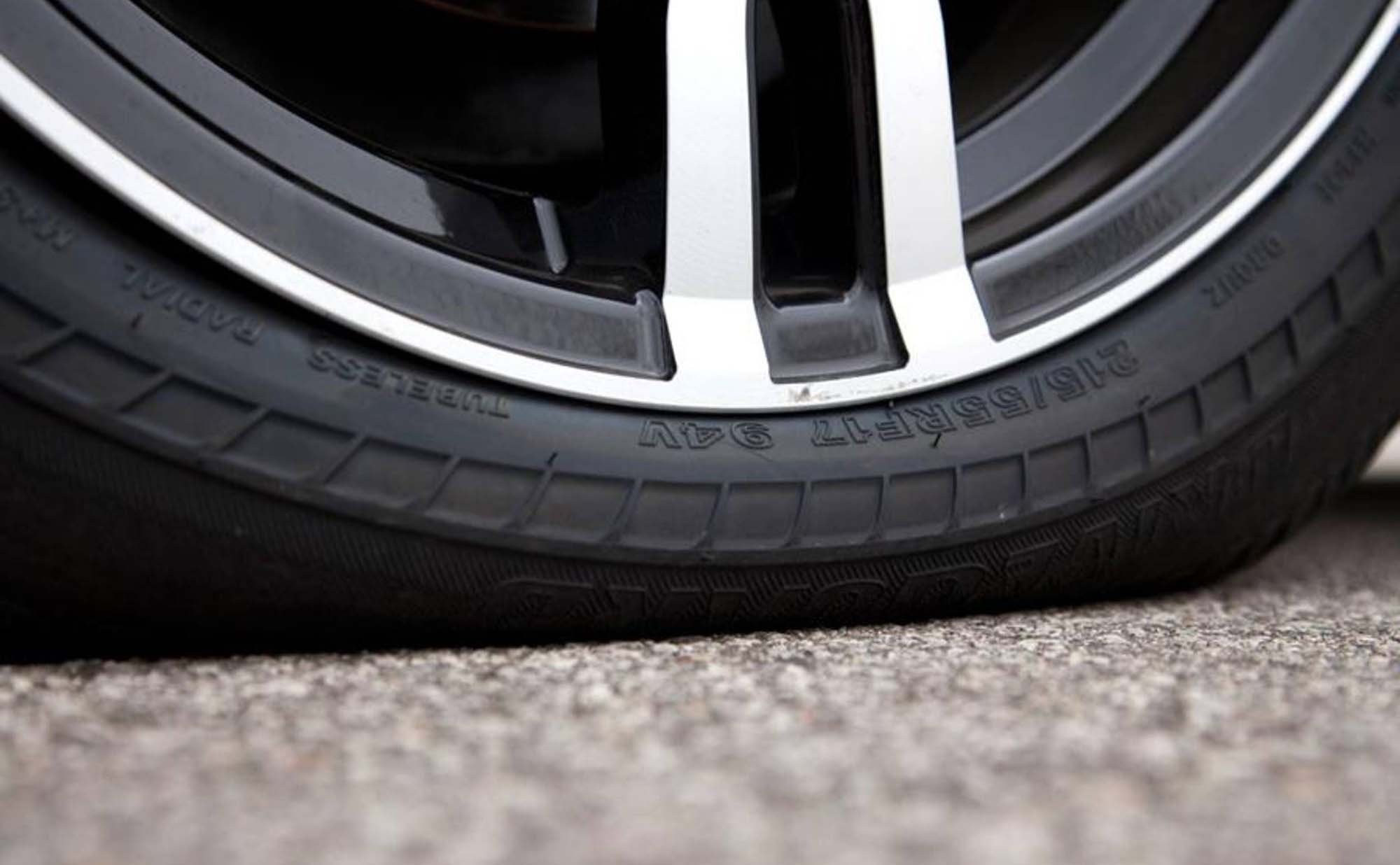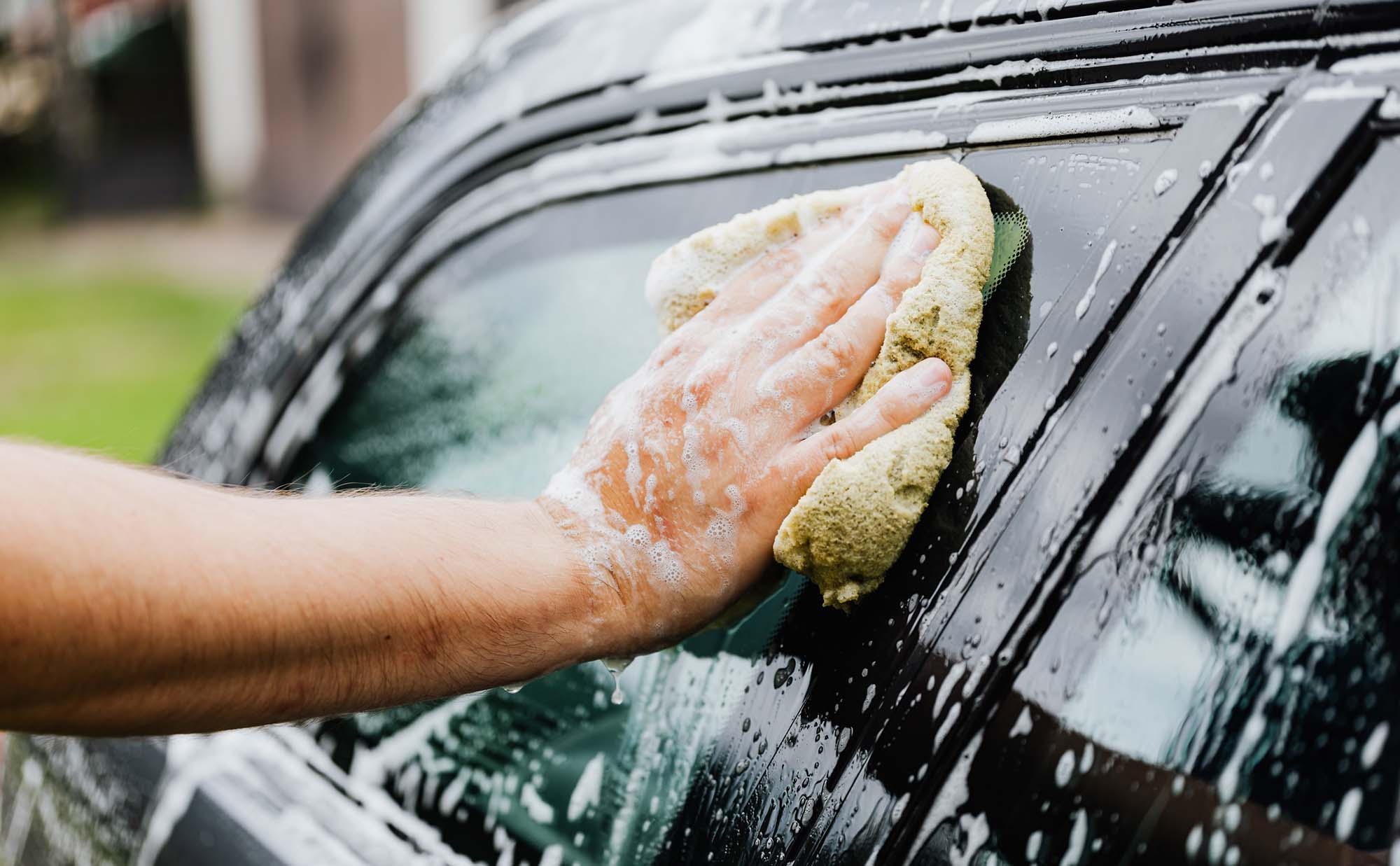In this post, we investigate whether oil additives deliver on their big promises. Here is a summary of what we know and think about oil additives.
It’s hard to think of something more annoying than the unidentified rattle inside your vehicle. Intermittent or persistent squeaks, knocks, rattles and vibrations can be more difficult to pin down than that pesky mosquito that buzzes around your head when you’re trying to sleep.
Source them
The good news is, these annoyances can be easily fixed, but finding them can require creativity. For example, if you don’t happen to have a stethoscope handy (I’d be surprised if you did) you can make a DIY one from a length of rubber hose. Hop aboard the offending vehicle with your new diagnostic tool, and have a helper to drive over various surfaces while you listen – hose to ear.
You know when you call tech support because your computer screen is blank, and the first thing they ask is “Is your monitor turned on?” I’ll be the tech guy and ask “Are you sure the noise isn’t being caused by something you’ve stashed in the car and forgotten?” Loose change, tools and unsecured cargo are common causes of “mystery” rattles and vibrations.
Push, pull, look and listen.
Assuming you’ve found the location of the offending sound, and have ruled out the possibility of your Wham CD having fallen in behind the glovebox, start by pressing hard on interior panels, doors, windows, handles, and trim until the sound changes.
Examine trim and edges of the glove compartment and console doors to see if all pieces are present and in good condition. Sometimes cracked rubber or missing screws can cause misalignment and vibration. If you notice loose or missing screws, tighten or replace them. Test misalignment by creating a temporary wedge with a piece of cardboard to see if that stops the rattle.
Go digging.
The issue with rattles and vibrations is even when you locate the general source, if it’s in the door or dash, you still can’t get to it and fix it without removing trim panels. Your dashboard is a burial ground for loose change or swaying cable harnesses. Door panels can hide rattling window mechanisms, dangling power lock linkage and ill-fitting aftermarket stereo speakers. Check your vehicle’s factory procedures or consult with a mechanic before launching into any panel removal. Special tools are available to help you get under the door panel and pop the clips or push-in plastic plugs with as little damage as possible.
(Note that taking apart door panels is that some newer vehicles have airbags mounted right in the door panel and special precaution is necessary to avoid accidentally setting them off.)
Other Possible Suspects
Latches on your glovebox are adjustable, however, the catches on overhead storage compartments for glasses and garage door openers are not, and are often the source of rattles. After you’ve identified which seam is causing you trouble, glue in foam weather strips of a suitable thickness to make the seal tight.
Sometimes your passenger seat requires adjusting to prevent rattling when it’s unoccupied. Also, the rubber rings on the hinged arms or truck or SUV tailgates can wear off, and the metal-on-metal sound is painful. Replace the rubber, or substitute rubber-coated cables on the hinged arms before you need to stock up on earplugs.
The rubber wedges on minivan and SUV hatches wear out, so check the condition and replace them if needed. The sliding doors of vans are culprits as well, and the steel roller in steel track design can require readjusting as the frame of your van flexes.
The piece that enables most doors to latch properly is a striker bolt. The striker bolt is coated in plastic or nylon, which naturally wears out over time and causes excess clearance and an annoying door rattle. If you can’t find replacement striker bolts for your particular vehicle, give your dealer a call.
Or: stuff it
Some of the above suggestions call for wedging in a stuffing material between metals to buffer or absorb the noise. Rubber is inexpensive, readily available, and an excellent insulator. Automotive weather-stripping products are ideal, but in a pinch, you can use household weather stripping or even a piece of an old wet suit.
The other must-have is zap straps or nylon wire ties. These snap together instantly to group wires together neatly and prevent future squeaks, rattles and vibrations.




